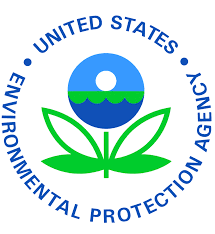Chemycal has been acquired by 3E
Learn MoreChemycal has been acquired by 3E
Learn MoreDiscover how Chemycal PRO helps you boosting your regulatory monitoring:

Today, EPA is releasing the final scope document for the Toxic Substances Control Act (TSCA) risk evaluation of octamethylcyclotetra-siloxane (D4), a chemical used to make other silicone chemicals and as an ingredient in some personal care products.
The final scope document explains EPA’s plan for the risk evaluation, including the conditions of use, hazards, exposures, and the potentially exposed or susceptible subpopulations EPA will consider in the risk evaluation.
The document also includes the following:
(*) A description of the reasonably available information and the best available science approaches that the agency will use;
(*) A conceptual model that outlines the potential hazards and exposures throughout the life cycle of the chemical;
(*) An analysis plan to identify the approaches and methods EPA will use to assess human health and environmental risks; and
(*) A plan for peer review.
EPA granted the manufacturer request for a TSCA risk evaluation for D4 in October 2020 and released a draft scope document in September 2021. Manufacturer-requested risk evaluations are generally conducted in the same manner as other risk evaluations conducted under TSCA.
EPA used feedback received on the draft scoping document during the public comment period to inform the final document. The final scope document was also informed by EPA’s policy changes on risk evaluations announced in June 2021. These policy changes include the addition of exposure pathways that may be regulated outside of TSCA, like air and water, and potential exposure to fenceline communities (i.e., communities near industrial facilities).
In addition, EPA will not assume that personal protective equipment (PPE) in occupational settings will always be properly utilized in our future risk determination. Use of PPE, and other ways industry protects its workers, will be assessed during the risk evaluation but will only be considered during risk management as a potential way to address unreasonable risks.
As EPA continues to move through the risk evaluation process there will be additional opportunities for public comment, including a public comment period on the draft risk evaluation. In addition to public comment periods, EPA will continue to engage with stakeholders as it develops the risk evaluation.
2013 © MyChemicalMonitoring. ALL Rights Reserved. About Us | Terms and Conditions